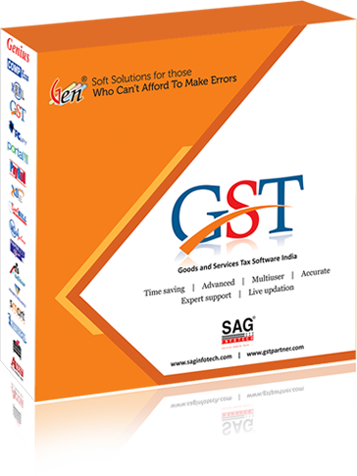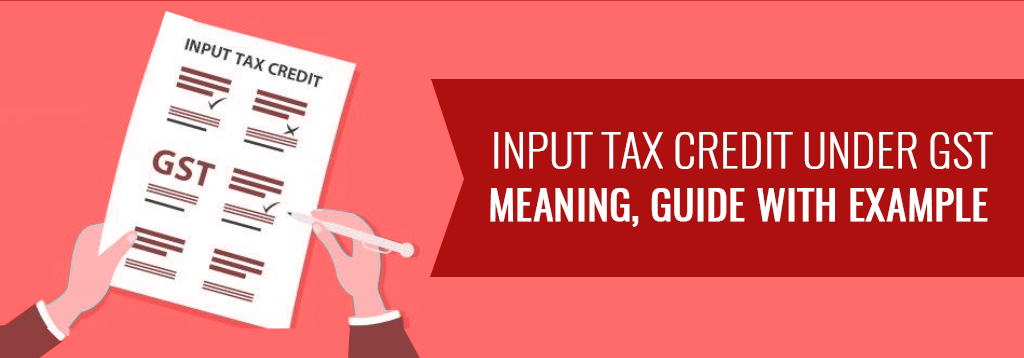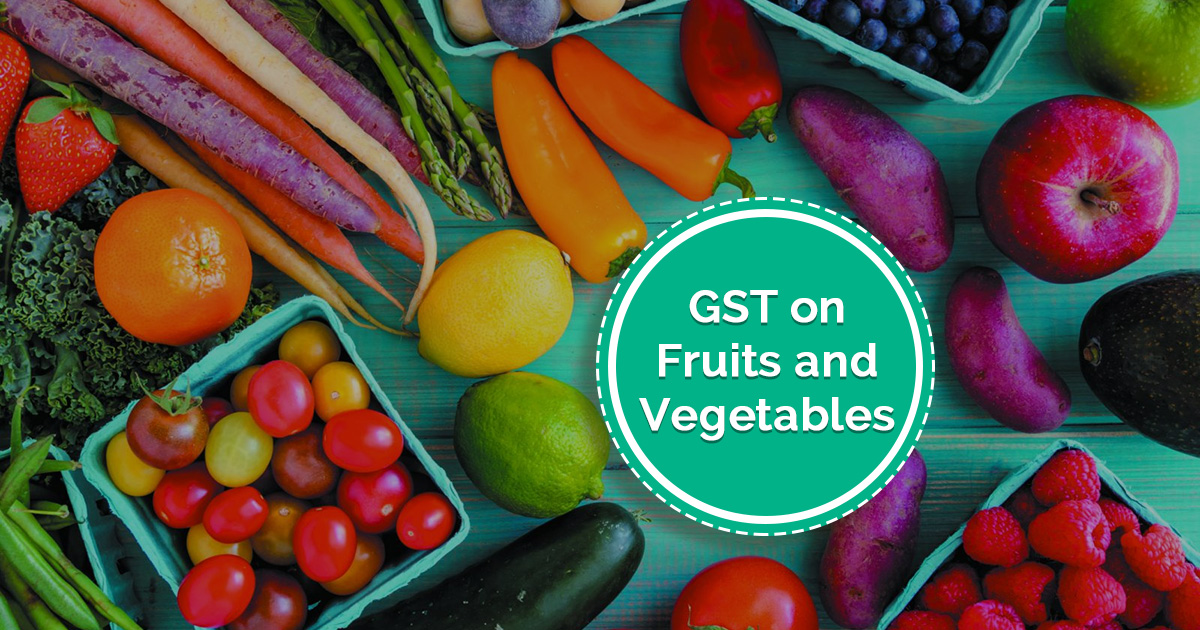Amongst the many benefits and positive features of GST, the most important one is the concept of input tax credit under GST.
Want to know about input tax credit meaning, ITC rules, how it works? Read until the end and clear all your questions.
What is Input Tax Credit or ITC under GST?
The Goods & Services Tax (GST) was introduced in India with the promise of removing the cascading effect of indirect taxes. The mechanism of input credit is what will help in this approach. The Input tax credit meaning is that while paying tax on output (sales of goods/services), you can claim the credit for the tax already paid on inputs (purchases).
Let’s under this with a GST Input Tax Credit Example:
Suppose that you are a manufacturer who purchased raw materials worth Rs. 1000 and paid a tax of Rs. 100 on it. Now, you build a product and sell it for Rs. 2000. You will again have to pay a tax on the final product. Let’s assume it is Rs. 250.
Under the GST regime, while paying tax on output (sales), you can claim input credit of the tax you already paid, i.e. Rs. 100 so, your final tax amount will become Rs. 150.
Input Tax Credit (ITC) Rules in PDF
The Concept of ITC GST has Many Benefits, such as:
- It decreases the cost of the product for the end user since they now do not have to pay double taxes or tax on tax.
- The working capital of the dealers and shopkeepers increases as they can claim input credit
- Since the previously paid tax is available in the form of input credits, the cascading effect of taxes is removed.
Input Tax Credit cannot be Availed in any of the Following Cases:
- If you or your supplier are not registered under GST. That means all your suppliers must also be registered under GST for you to be able to claim tax credits.
- Taxpayers registered under GST composition scheme cannot claim input credits on their tax.
- ITC is not claimable on motor vehicles and conveyances except the case when a vehicle is used for transportation of goods or passengers, the supply of other vehicles, and for training purposes.
- ITC GST cannot be levied against the supply/sale of club memberships, food and beverages, outdoor catering, health services, cosmetic and plastic surgery, and beauty treatments, life and health insurance, renting a cab, employer mandatory services, employee vacation benefits, etc.
- No ITC for Work contract services
- No ITC on the materials used for immovable property construction.
- No ITC on the receipt of goods and services by a non-resident taxable person except for imports.
- No ITC is leviable on the purchase of goods or services for personal consumption and not for business.
- Input credit is also not available on stolen, lost, destroyed and written off items and on free samples or gifts.
- No ITC rules on taxes paid as late fee or penalty for excessive refund, short tax payment, fraud activities, etc.
- If the purchase invoice is older than one year (from the date of the invoice to the current date), ITC cannot be claimed on it.
Conditions to claim Input Tax Credit under GST (How to claim)
In order for a registered taxpayer to claim ITC on his paid taxes, he should possess the following things or fulfil the following conditions:
- He must have the tax invoice or any document as a proof of purchase made and tax paid.
- If you have received goods in installments, you will be eligible to claim credits against the final tax invoice after the receipt of the final installment.
- You should have already received the purchases.
- The tax charged from you must have already been deposited to the government by the supplier.
- The supplier must have filed his returns so that input credit you are claiming can be verified against his records. Therefore, all your suppliers must also be registered under GST in order for you to claim input credit.
- ITC will be available to you only if your supplier has already paid the tax to the government which he collected from you.
- No ITC for the invoice or debit note received after filing the annual return or after the return filing due date.
Other important things to know about Input tax credit under GST
- There is no interest paid on the ITC amount.
- If the recipient does not pay output tax within 3 months of the date of tax invoice and has already received input credit, his credits will be used against the output tax liability with interest.
- If the claim amount is higher than the output liability (or the tax on purchases was higher than the tax on sale), then your remaining credit will be carry forwarded or returned back to you.
- ITC can be claimed on both goods and services, except the ones which are GST exempted.
How to use Input Credit?
ITC claimed on tax paid can be used in the following ways:
- ITC received against IGST paid on purchases can be used to pay IGST, CGST and SGST (IGST is to be paid first).
- ITC received against CGST paid on purchases can be used to pay IGST and CGST, in that order only.
- ITC received against SGST paid on purchases can be used to pay IGST and SGST, in that order only.
GST Input Tax Credit Example
Let’s understand with an example how ITC actually works under the GST system.
Suppose that you purchased goods from Rohan and paid some tax on it. So, you will be eligible to claim ITC on that tax amount. Rohan will upload tax invoices when filing his GSTR-1 on GST portal. The details of your ITC claim will be verified against the tax details furnished by Rohan in his sales return. And if found correct, the tax credit will be deposited into your ‘E-credit ledger’ which you can use to pay any output tax liability.






